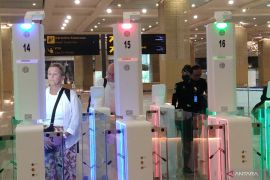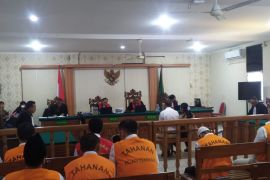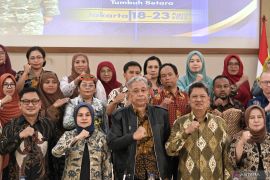"Many of the shelters have already been built but cannot yet be occupied due to problems related to the supporting infrastructure," said Sleman District Chief Sri Purnomo to newsmen when he accompanied Yogyakarta Governor Sri Sultan Hamengkubowono X on a visit to shelters at Banjarsari, Glagaharjo and Cangkringan, on Saturday.
Purnomo added the problems with the shelters which made them unfit for occupation are that there are not electricity and clean water facilities. Electricity network has not been able to reach the areas where the shelters constructed due to various problems, including the difficulty with erecting the cable lines.
In addition, many shelters do not have near water sources for clean water whereas their locations are mostly in high altitude making it difficult to dig up artesian wells. Also, the choice of locations has been other problems as not many locations are wide enough to construct the shelters.
Sanitation facilities such as sewerages for waste water have not yet been constructed. Water floods the areas where the shelters stand any time rain falls.
Besides those technical problems, there have also been social problems because most of the victims want to be moved into shelters as long as they are grouped according to their former villages, said Purnomo.
The Sleman regent explained that up until February 15 there are 1,651 units of shelters already constructed, or 65 percent of the total 2,613 units to be built. Some 657 shelters are already occupied now.
Mount Merapi, among the world`s most active volcano, erupted violently from October 26 up until mid November 2010, leaving 354 residents killed by the pyroclastic ashes spewed down the slopes of the mountain where hundreds of thousands lived. (*)
Editor: Kunto Wibisono
Copyright © ANTARA 2011











